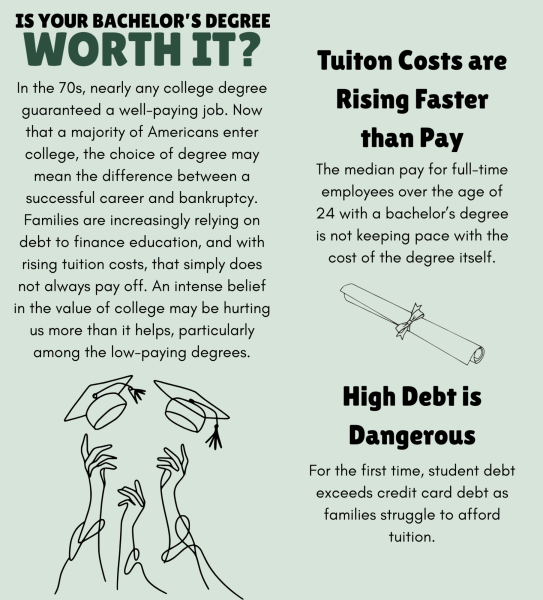Adopt, don’t shop: Puppy mills need to be stopped

Even when I was a child, I was an advocate for animals.
I’ve always had a heart for these helpless creatures that don’t have voices of their own.
That’s why today I want to talk about one of the most egregious crimes against animals: Puppy mills.
According to the ASPCA, “a puppy mill is a large-scale commercial dog breeding facility where profit is given priority over the well-being of the dogs.”
It’s basically a dog factory.
Puppy mills supply nearly 100 percent of the dogs sold in pet stores and directly to consumers online and through newspaper ads.
In puppy mills, dogs are kept in small, wire cages until it’s time for them to breed again.
Female dogs are forced to breed at every possible opportunity and are given hardly any recovery time between each litter they have.
The dogs are often given hormones and steroids to try and increase the number of puppies they produce.
This practice can cause extreme pain and side effects for the breeding dogs.
This continues until the female dog is so physically “used up” that she can’t breed anymore.
After she reaches this condition, she is usually killed.
Another problem with puppy mills is that the animals never get a chance to socialize, as they are kept in constant confinement.
After the unsocialized puppies are bought at a pet store, the frustrated owners often abandon them due to their behavioral problems.
To maximize on profits, the owner of the puppy mill will often skimp on proper veterinary care.
This leads to sick dogs remaining in the gene pool, which will result in even more sick dogs being bred.
Genetic disorders and illnesses run rampant in puppy mills.
Mothers and their litters often suffer from malnutrition, exposure, and a lack of adequate veterinary care.
Congenital and hereditary conditions that are common in puppy mills include epilepsy, blindness, deafness and an abundance of other diseases and disorders.
These dogs never get to experience toys, exercise, treats, basic grooming or companionship with a human.
Sometimes there is a surge in demand for a particular breed.
This might occur because of breed fads that arise such as labradoodles and cockapoos.
These “designer dogs” can be sold for thousands of dollars to people who have no idea what conditions these animals were bred under.
Sometimes movies can bring about breed fads.
For example, there was a spike in demand for St. Bernards and Golden Retrievers after “Beethoven” and “Air Bud.”
Once the demand for these breeds rise, puppy mills try to meet it.
But when consumers buy a dog that doesn’t act like the one in the movie, that dog ends up in an overcrowded shelter or on the streets.
There are an estimated 15,000 puppy mills in the U.S. alone, but even one is one too many.
So what can you do?
The first step is to educate yourself about this issue.
Any animal advocacy group in the U.S. will likely have more information about puppy mills.
Second, don’t buy animals at pet stores.
If you’re looking for a canine or kitten companion, take a trip down to your local shelter.
Rescued pets are often less expensive, if not free, and super affectionate toward their rescuers.
Third, spread the word.
Once you know the facts about these awful places, you can educate others and encourage them to adopt, not shop.
You don’t have to be an activist to make a difference.








